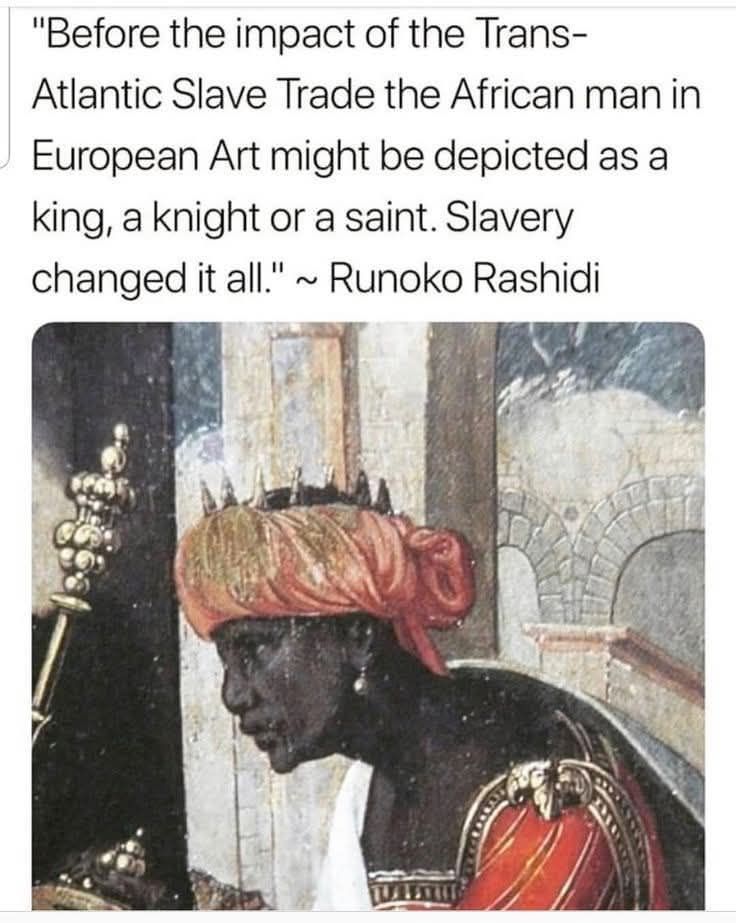The transatlantic slave trade did not begin with a whisper, but with the scratch of a quill—signed in gold-leaf arrogance, sealed in blood, and delivered on waves of stolen breath. The architects of this horror were not mere men, but crowns and mitres, their words etched into ledgers of suffering. Let us unroll their scrolls.
1. The Papal Knife (1452–1455)

Before the ships, there was the word. And the word came from Rome.
- Dum Diversas (1452)—Nicholas V’s dagger of ink, granting Afonso of Portugal the “right” to invade, pillage, and enslave “Saracens, pagans, and other enemies of Christ.”
- Romanus Pontifex (1455)—A second stroke, carving Africa into a corpse for Europe to feast upon. The Vatican’s blessing turned men into cargo.
These were not decrees. They were warrants for genocide.
2. The Spanish Contract (1518)

Charles I of Spain, trembling with colonial greed, dipped his pen and signed the asiento into being. The decree was simple:
- “Fill the mines. Feed the plantations. Let the Indies drown in forced labor.”
- By 1526, the first slave ships groaned under the weight of chained bodies, their names replaced with numbers.
The ink was dry before the screams began.
3. The Royal African Company’s Charter (1663–1672)
England entered the trade like a thief in a cathedral—quiet at first, then brazen.
- Charles II, the “Merry Monarch,” gifted his cousins a monopoly on human flesh.
- The Royal African Company’s crest bore an elephant and castle, but its true emblem was the branding iron.
Their ships left London heavy with guns, returned heavy with souls. Profit was measured in bones.
4. The Dutch Calculus (1621)

The West India Company was no mere enterprise—it was a syndicate of death.
- Their ledgers listed men as “pieces”, women as “units”, children as “fractional cargo.”
- The Stadtholders of Amsterdam grew fat on sugar and sorrow.
The Architecture of Suffering
These documents were not laws. They were spells—incantations that transmuted flesh into currency. Every signature was a shackle. Every seal, a tombstone.
And yet—the enslaved resisted. They whispered their own decrees in the dark:
- On the ships, they hummed dirges that became freedom songs.
- In the fields, they plotted revolts with hoes as weapons.
- In their hearts, they preserved names the ledgers could not burn.
The trade began with paper, but it ended with fire.


